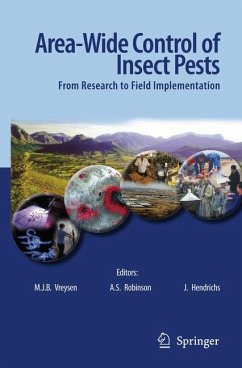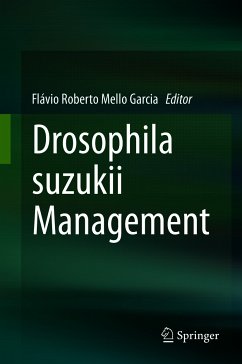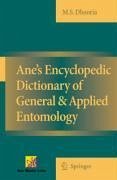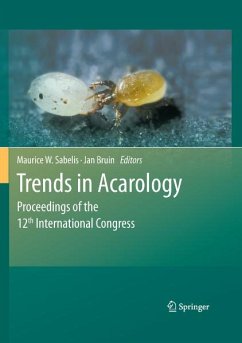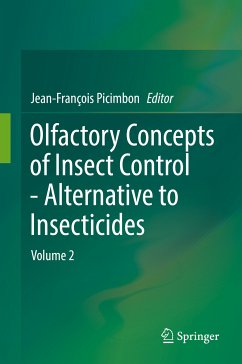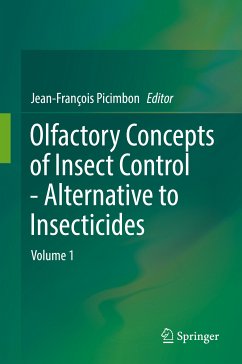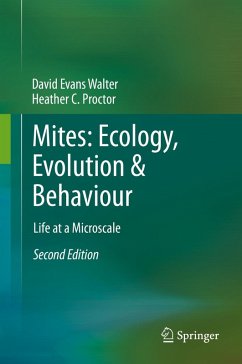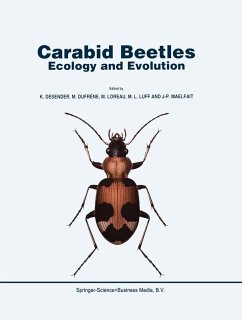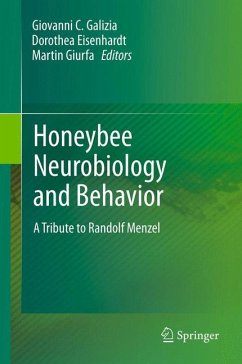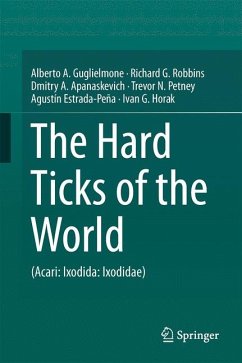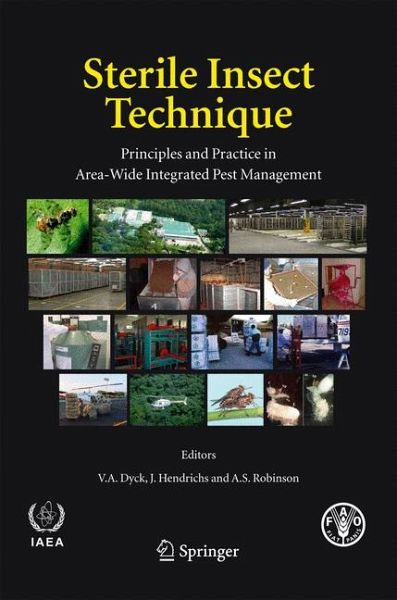
Sterile Insect Technique (eBook, PDF)
Principles and Practice in Area-Wide Integrated Pest Management
Redaktion: Dyck, V. A.; Robinson, A. S.; Hendrichs, J.
Versandkostenfrei!
Sofort per Download lieferbar
232,95 €
inkl. MwSt.
Weitere Ausgaben:

PAYBACK Punkte
116 °P sammeln!
It is a challenge to bring together all relevant information about the sterile insect technique (SIT) and its application in area-wide integrated pest management (AW- IPM) programmes; this book is the first attempt to do this in a thematic way. Since SIT practitioners tend to operate in the context of only one insect pest species, it was also a challenge for authors to develop and write their chapters from generic and global points of view, stressing the principles of the technology, and including examples from a range of pest species. We appreciate the understanding shown by the authors in ac...
It is a challenge to bring together all relevant information about the sterile insect technique (SIT) and its application in area-wide integrated pest management (AW- IPM) programmes; this book is the first attempt to do this in a thematic way. Since SIT practitioners tend to operate in the context of only one insect pest species, it was also a challenge for authors to develop and write their chapters from generic and global points of view, stressing the principles of the technology, and including examples from a range of pest species. We appreciate the understanding shown by the authors in accepting our many suggestions to emphasize the principles of the technology and to minimize details of field programmes. We also thank them for their patience with the prolonged editing process of the book. We are especially grateful to the authors for writing the chapters without financial compensation. Authors who are retired, or worked on their own time, deserve special commendation. Each chapter was peer-reviewed, and we thank the reviewers for helping to make the book accurate, complete, up-to-date, and generic in content. The need for this book has been evident for many years, and now that it has finally been published, it is expected to serve the scientific community for many years to come. We are pleased to have been able to participate in its development.
Dieser Download kann aus rechtlichen Gründen nur mit Rechnungsadresse in A, B, BG, CY, CZ, D, DK, EW, E, FIN, F, GR, HR, H, IRL, I, LT, L, LR, M, NL, PL, P, R, S, SLO, SK ausgeliefert werden.




